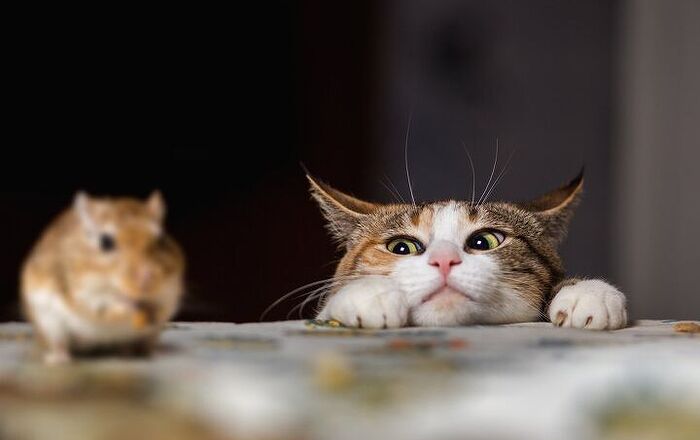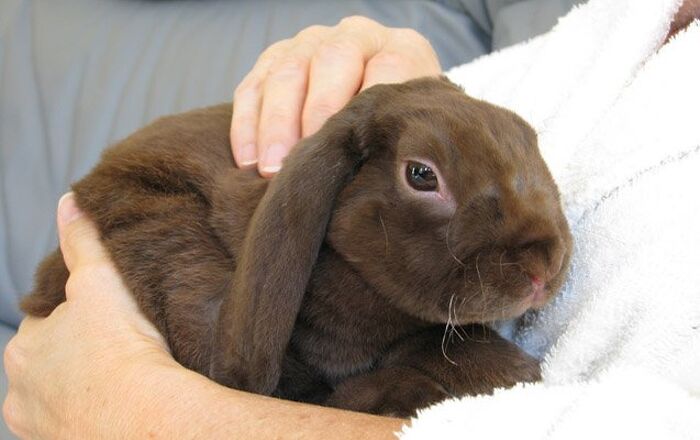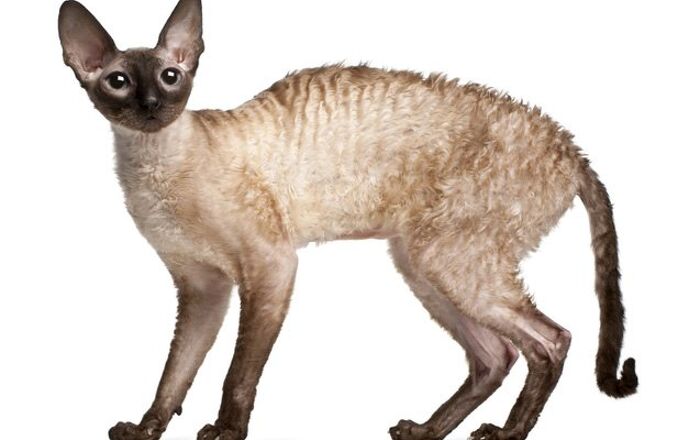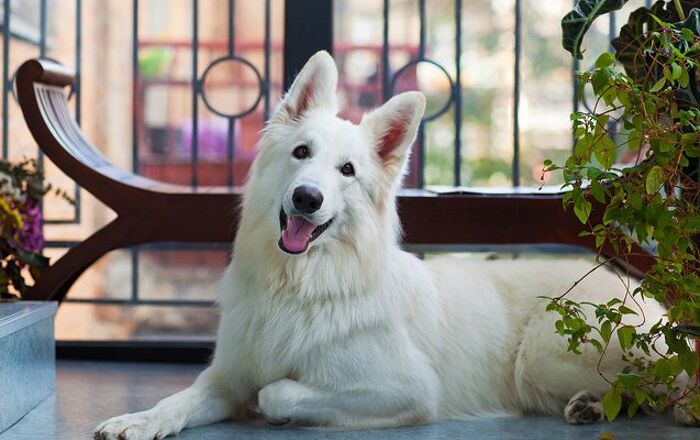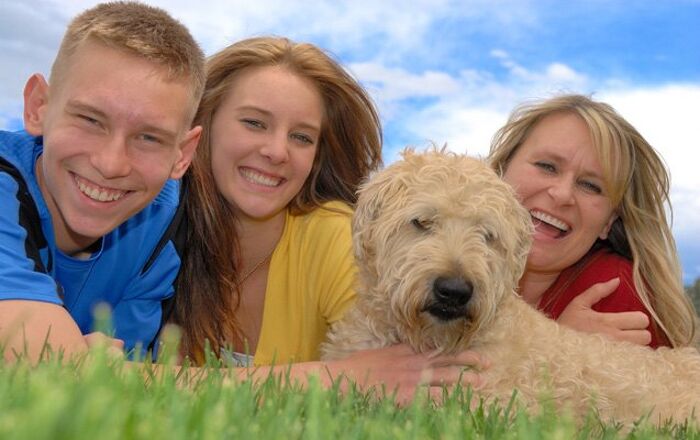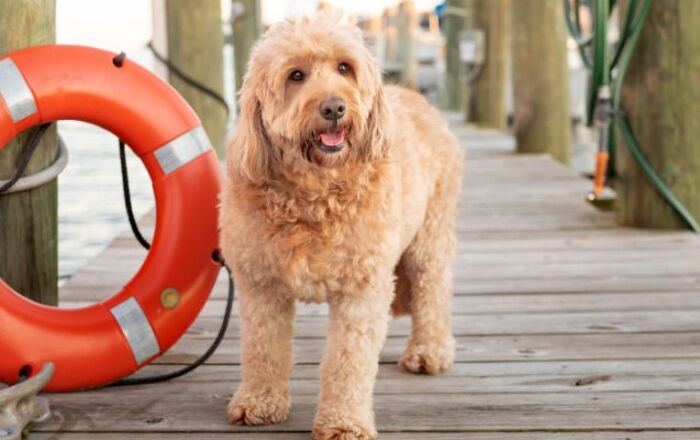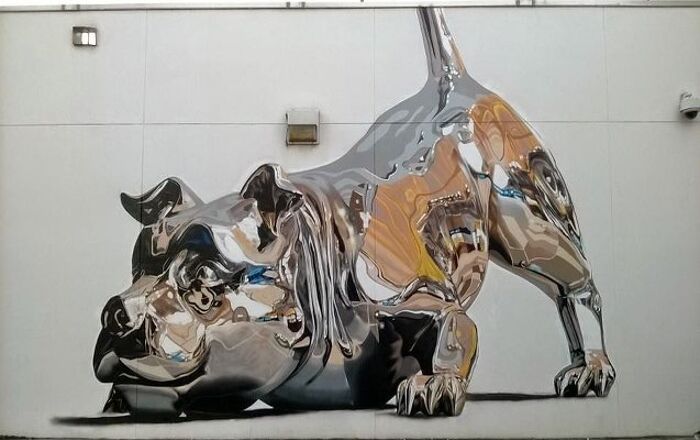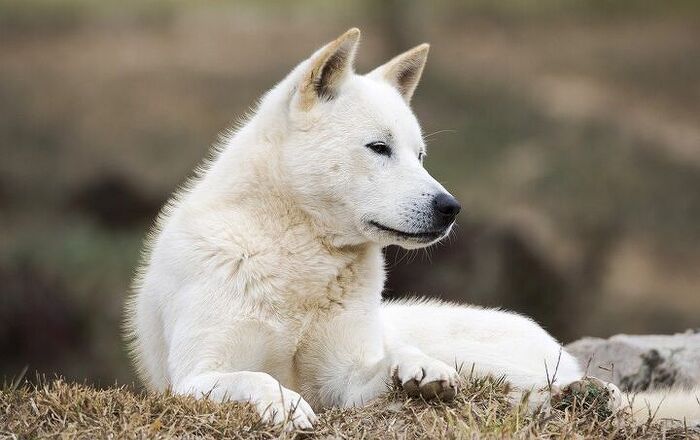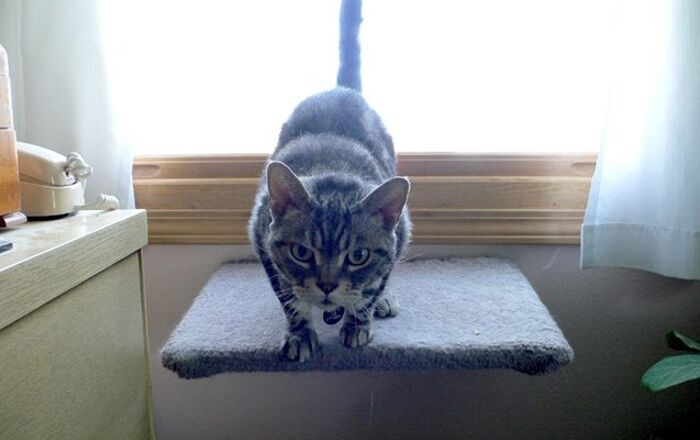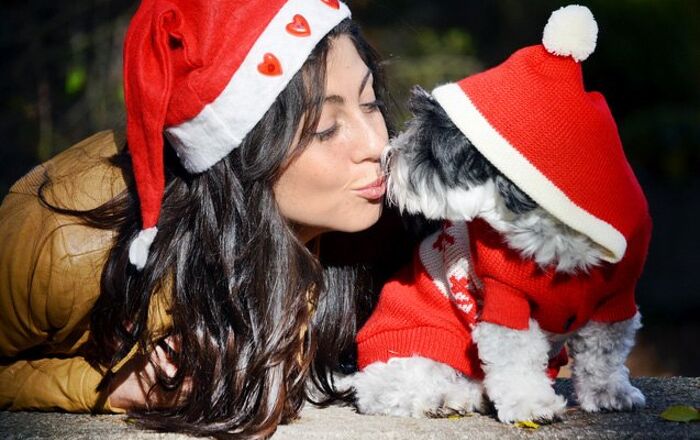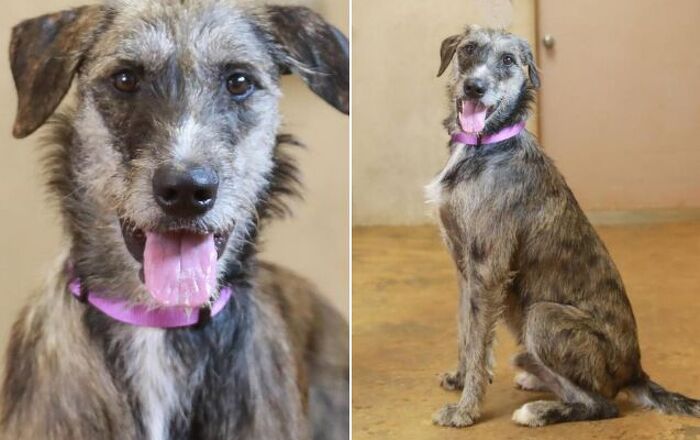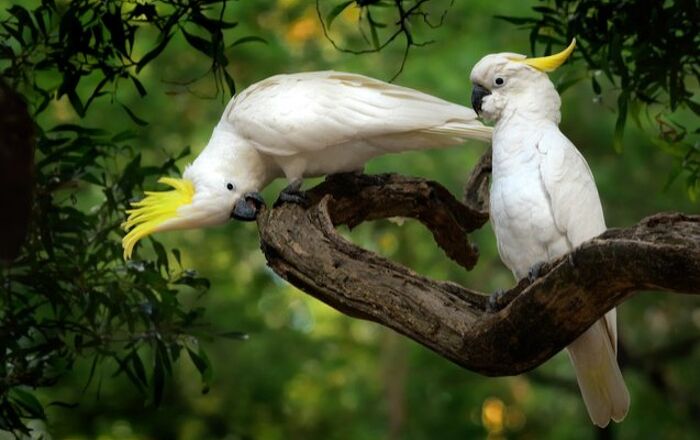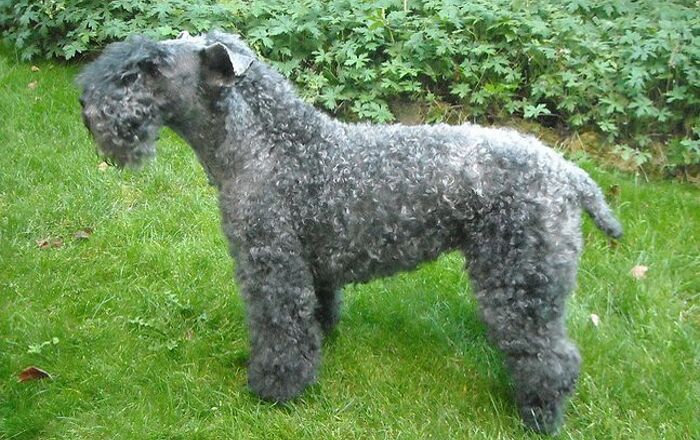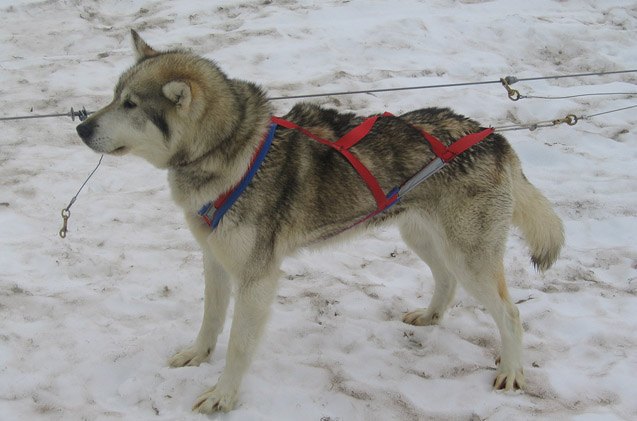
Alaskan Husky Basics
If you were to imagine a dog that looks like a Siberian Husky but in an entirely different color palette, you might be thinking of the Alaskan Husky. The name Alaskan Husky refers to a type of dog rather than a specific breed and each breeder of Alaskan Huskies breeds selectively for the traits that are important to him or her. Overall, the Alaskan Husky is an intelligent and active breed that thrives as a sled dog or simply when given a job to do.
The Alaskan Husky is an intelligent and active breed that thrives as a sled dog or simply when given a job to do.
Origin
The Alaskan Husky’s origins can be traced back to the Native Village dog in Alaska and Canada. The Native Village dog is taller and rangier than most Eskimo Village-type dogs – these traits are preferred by mushers because it lends the dog capable of performing a variety of tasks in addition to pulling a sled. Alaskan Huskies have been selectively bred from local village dogs to create a breed that possessed the desired traits of speed, stamina, good feet, size, and coat type. This combination of features makes the Alaskan Husky the ideal sled dog who is also able to compete in races, pull heavy loads, and to travel great distances at high speed.
Pedigree
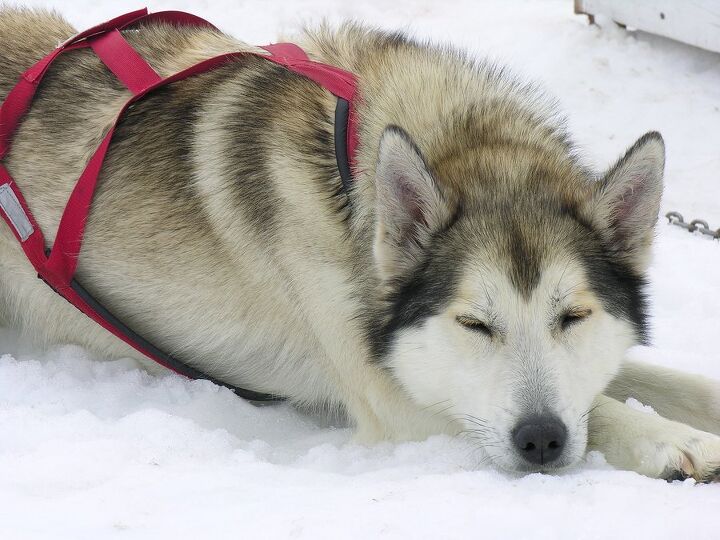
The Alaskan Husky is not technically considered a purebred dog because no Standard of Perfection has been published and there are no restrictions regarding the breed’s ancestry. This dog is essentially a blend of various Nordic dog breeds, selectively bred for its skills as a sled dog.
Food/Diet
Because the Alaskan Husky is a highly active breed, it is best to feed him a dog food formulated for active dogs. Follow the feeding instructions on the package but monitor your dog to see if the amount of food is adequate for his needs. If he appears to lose weight or energy, you may need to increase his daily ration.
The Alaskan Husky is a highly intelligent breed and typically responds well to training.
Training
Because the Alaskan Husky is a highly intelligent breed, he typically responds well to training. Start training your husky as early as possible to head off the development of problem behaviors – if you wait too long to start training your dog could become willful or headstrong. Positive reinforcement training methods are recommended for this breed and it is best to keep your training sessions short and fun so your dog doesn’t get bored.
Weight
The adult male Alaskan Husky typically weighs between 40 and 60 lbs. at maturity while the female weighs between 35 and 48 lbs. Both sexes achieve an average height at maturity of 23 to 26 inches.
Temperament/Behavior
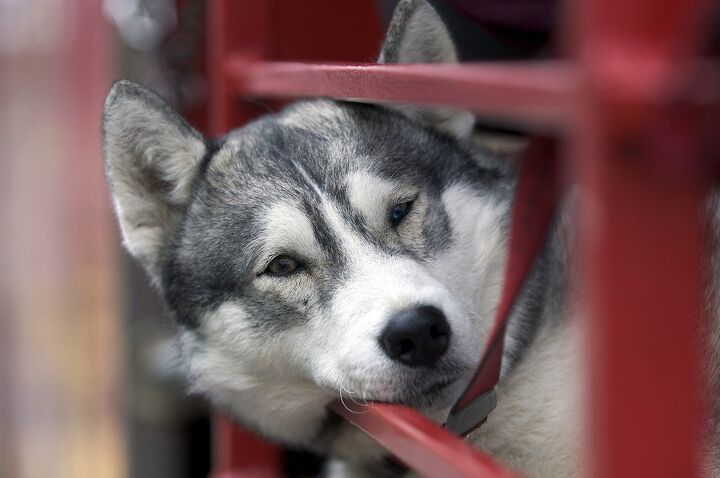
The Alaskan Husky is a friendly and playful breed – he is also affectionate and loves to cuddle with his owner. These dogs do have a great deal of energy and require a good deal of daily exercise – a simple walk around the block will not be sufficient. In addition to physical exercise, these dogs also require a great deal of mental stimulation to keep them from getting bored. If your Alaskan Husky doesn’t get enough physical or mental stimulation, he is likely to develop problem behaviors. It is also important to note that these dogs can jump as high as 6 feet, so they need to be watched carefully when kept outside because they have a penchant for escaping.
Common Health Problems
For the most part, the Alaskan Husky is a healthy breed, though some strains are prone to developing certain genetically inherited conditions. Some of the health conditions known to affect the Alaskan Husky breed include hypothyroidism, progressive retinal atrophy, congenital deformation of the larynx, and various stomach and bowel issues.
Life Expectancy
The average life expectancy of the Alaskan Husky breed is between 10 and 15 years.
Exercise Requirements
Because the Alaskan Husky was bred to pull a sled, these dogs have a great deal of stamina – they are able to run for hours on end and they do best when given a job to do. These dogs are highly active and very playful, so they require a great deal of daily exercise. In addition to physical exercise, these dogs are also highly intelligent and they require plenty of mental stimulation to keep them occupied.
The Alaskan Husky is a friendly and playful breed – he is also affectionate and loves to cuddle with his owner.
AKC
The Alaskan Husky is not currently accepted for registration with the AKC because it is not technically a purebred dog.
Coat
The Alaskan Husky has a short- to medium-length coat that is self-cleaning like the coat of a Siberian Husky or an Alaskan Malamute. The coat sheds minimally except twice a year when the dog blows its coat. These dogs come in a variety of colors, either solid or multi-colored, with various shades of gray, black, and white. Some dogs exhibit brown, cream, or red coloration. Unlike the Siberian Husky, the Alaskan Husky has brown eyes.
Puppies
Because the Alaskan Husky is an intelligent breed, it is important that you start training your puppy as soon as possible. Even when they are as young as eight weeks old, these dogs can learn quickly. If you wait too long to start training your Alaskan Husky puppy he may become headstrong and training will be much more difficult in the future. It is also a good idea to socialize your puppy as much as possible from a young age.
Photo credit: Kiwiana/Bigstock.com; Leonard Zhukovsky/Bigstock.com; Roy chen-campbell photos/Bigstock.com

